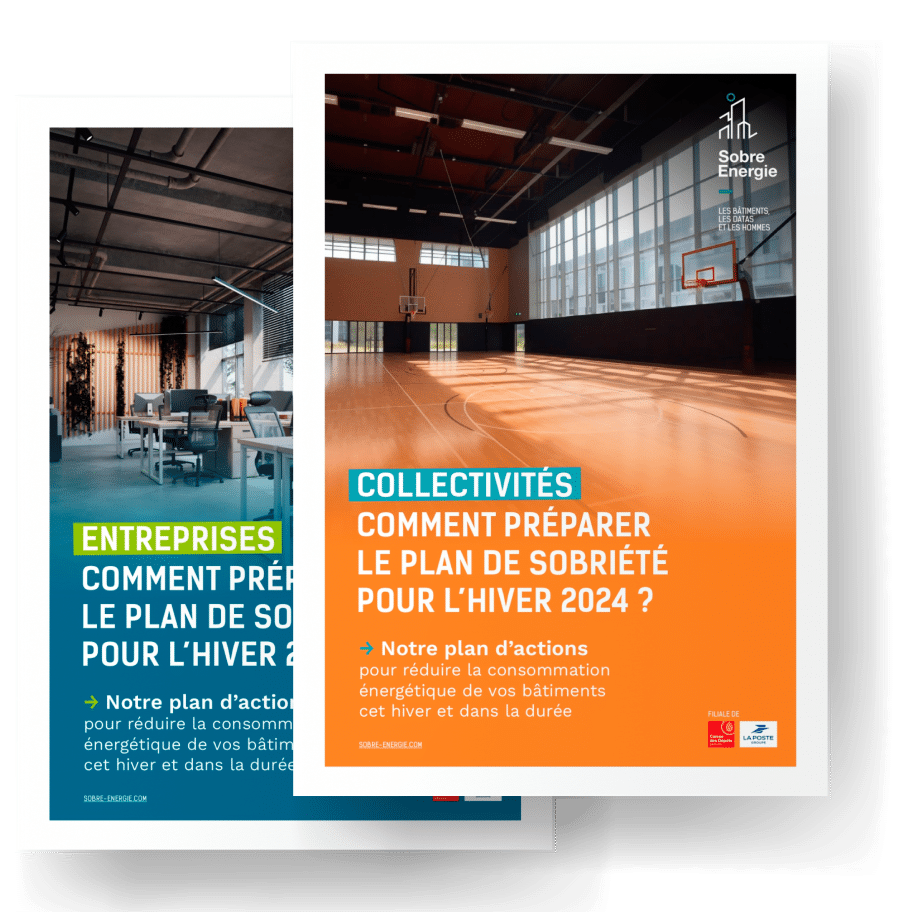And 3. After négaWatt and RTE, it is Ademe which is taking up the subject of our energy future. It places the notion of sobriety at the heart of the debate to achieve climate neutrality in 2050.
France, through the National Low-Carbon Strategy (SNBC), is committed to this. This is also the case for the European Union through the “Fit for 55” package.
Achieving carbon neutrality means emitting no more CO2 emissions than the absorption capacity of natural carbon sinks. These are oceans and forests. In France, SNBC plans to reduce emissions to 80 MtCO2e, compared to 445 in 2018. A reduction of 82%.
And there is an urgent need to decarbonize our economies, COP 26 and the latest IPCC report have once again reminded us of this.
See our analysis of the 6th IPCC report
“Sobriety secures carbon neutrality”
Carbon neutrality involves drastically reducing our energy consumption. Thus, France's SNBC plans to go from 1600 TWh of final energy consumed in one year to 930 TWh in 2050. That is a 40% reduction within 30 years.
In its report , Strategy(s) 2050, choose now, act for the climate , Ademe carries out a prospective analysis based on 4 scenarios:
- scenario 1 Frugal generation that relies on sobriety
- scenario 2 Territorial cooperation based on a “sustainable evolution of lifestyles”
- scenario 3 Green technologies based on “more new technologies than sobriety”
- scenario 4 Restorative bet which is based on the extension of current lifestyles of mass consumption
The four make it possible to achieve carbon neutrality by 2050, but some rely on a risky bet. Thus, according to Ademe, scenario 4 “leads to a headlong rush which appears risky. The technological and economic challenge is enormous.”
On the contrary, scenario 1 of sobriety makes it possible to reduce energy demand by 55% in 2050 compared to 2015. Ademe notes that this is “a key factor in achieving carbon neutrality”. It is based on several levels of sobriety:
- sobriety of use (traveling on foot or by bike, favored local shops, etc.)
- dimensional sobriety (reducing the weight of vehicles, etc.)
- cooperative sobriety (rather collective housing, rental of equipment that is used infrequently rather than purchasing it, etc.)
Ademe's conclusion is clear: “This sobriety makes it possible to secure the achievement of carbon neutrality”.
Our article on good practices for digital sobriety in the office
2 reports in favor of energy sobriety
A conclusion which joins that of Négawatt in its 2022 scenario. The association places sobriety at the heart of it. It would reduce final energy consumption by 1/4. The scenario foresees in the building sector, a massive rate of “efficient equivalent” renovations of 800,000/year by 2030 compared to 30,000 currently.
Let us also mention the reduction in the number of new house constructions, stabilizing the number of residents per dwelling. Or the reasonable sizing of household appliances and IT equipment.
Our article on the buildings of tomorrow
Likewise, the RTE report, Energy Futures 2050 also emphasizes the necessary energy sobriety. It estimates the additional gain offered by sobriety 90 TWh In addition to the lever of energy efficiency (technological progress in lighting, IT).
In the building sector, which as a reminder represents 40% of final energy consumption, this energy efficiency would result, for example, in:
- limiting heating consumption (-1°C)
- the increase in shared housing
- limiting office space via teleworking
- extending the lifespan of IT equipment
Our complete decryption of the RTE report
Making sobriety desirable
Sobriety will therefore be at the heart of our energy future. But it cannot be decreed. To make it desirable, we must remove the obstacles to change which can be expressed:
- lack of interests
- lack of training
- lack of visibility of the issues
To encourage the occupants of a building to control their energy consumption, support from experts is therefore essential.
🤖 Summarize this article with an AI
Click on a button to automatically sum up this page with the AI of your choice.
